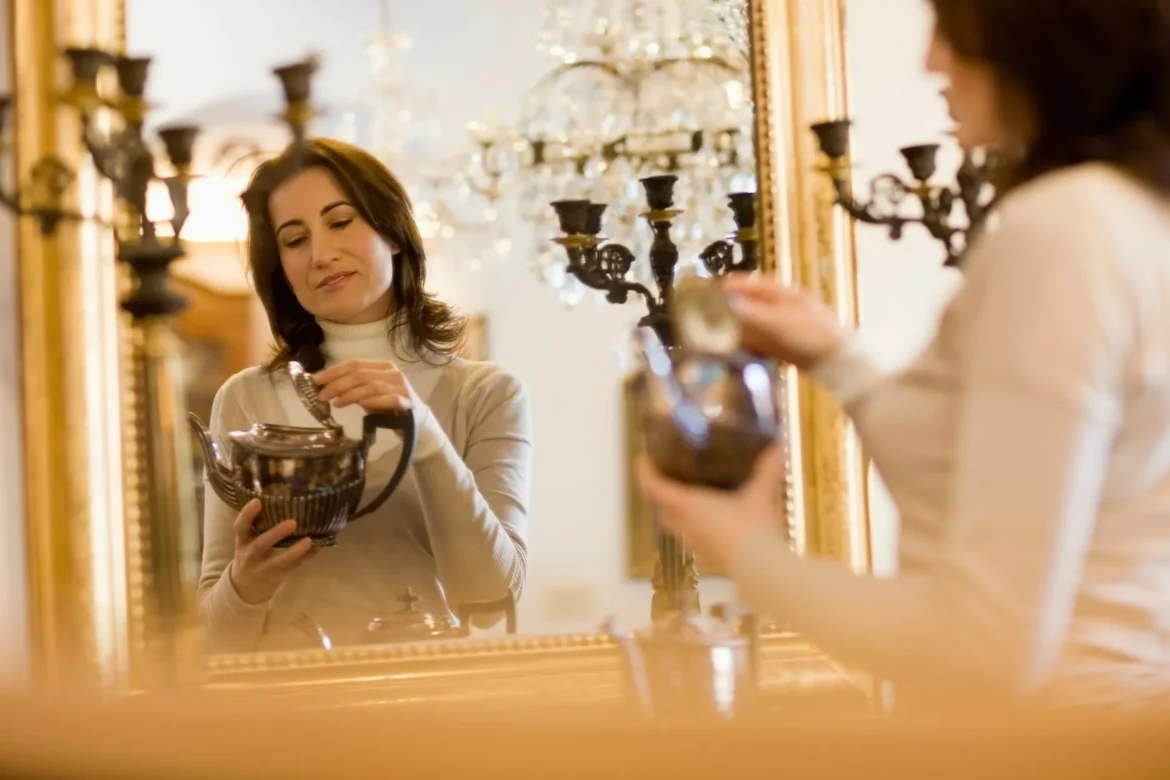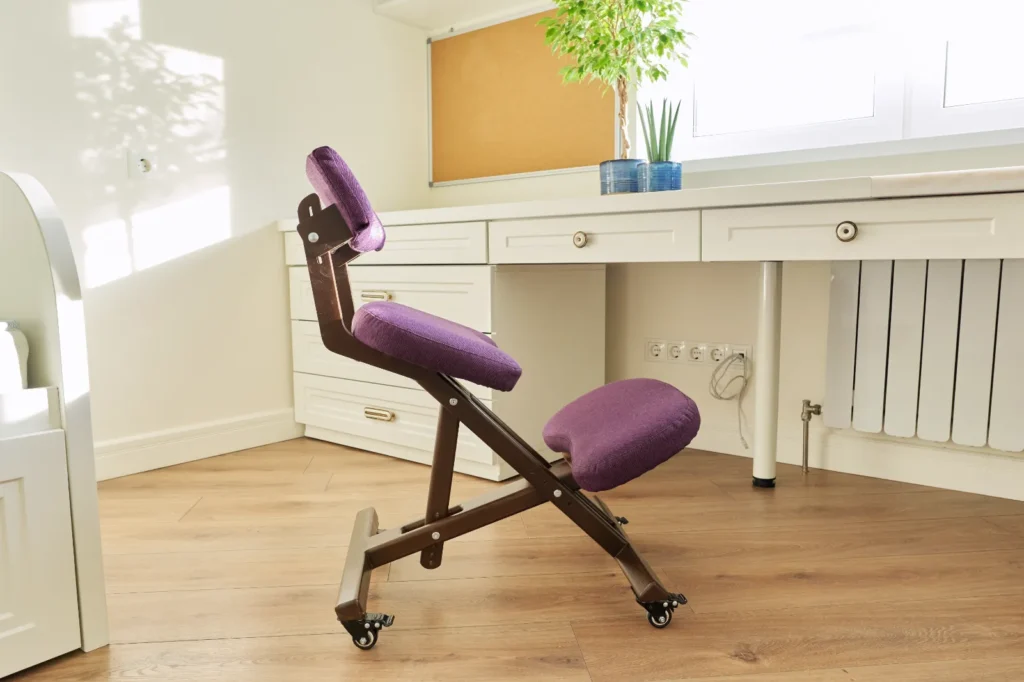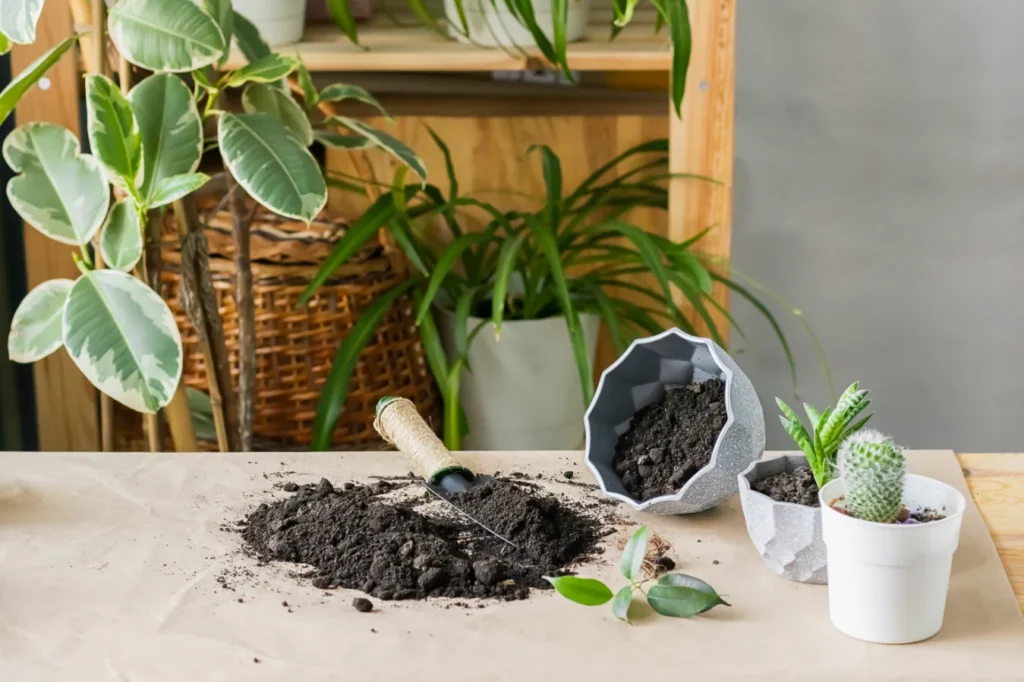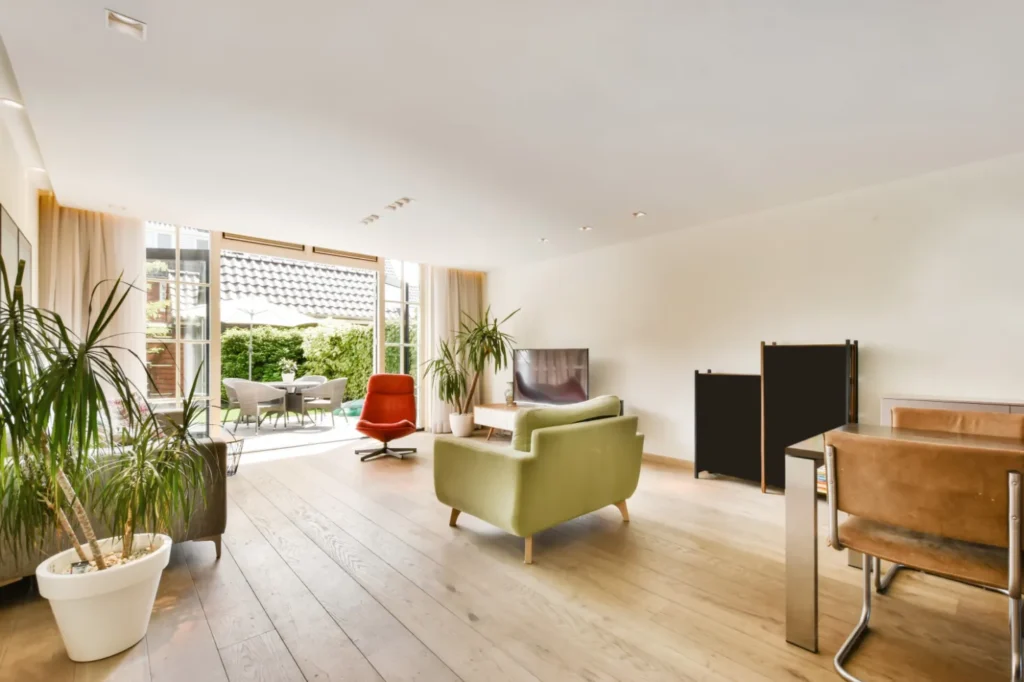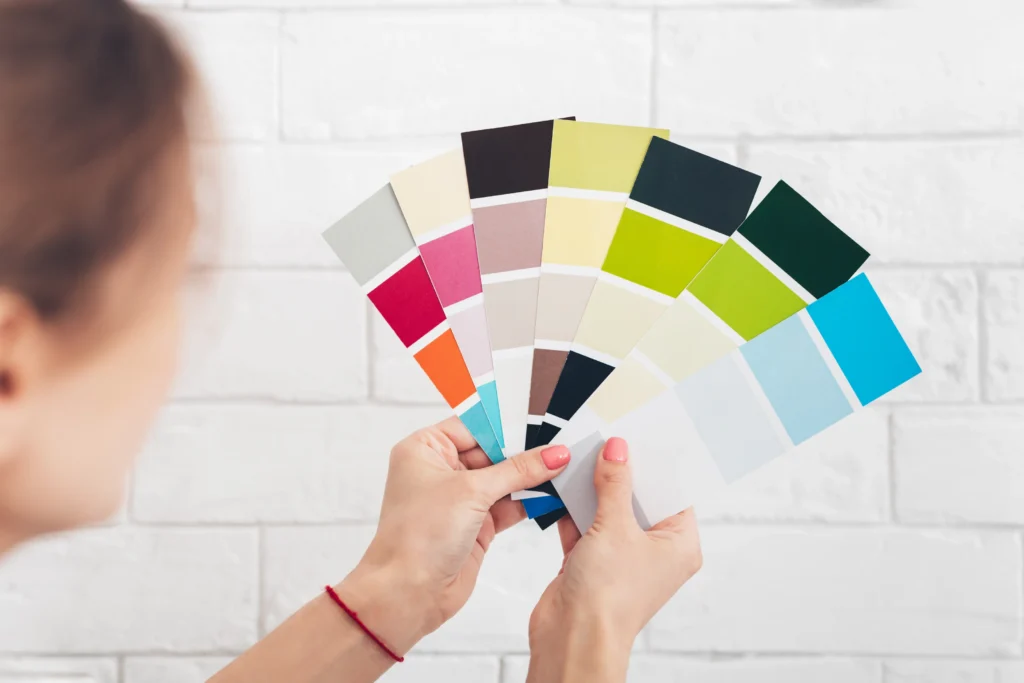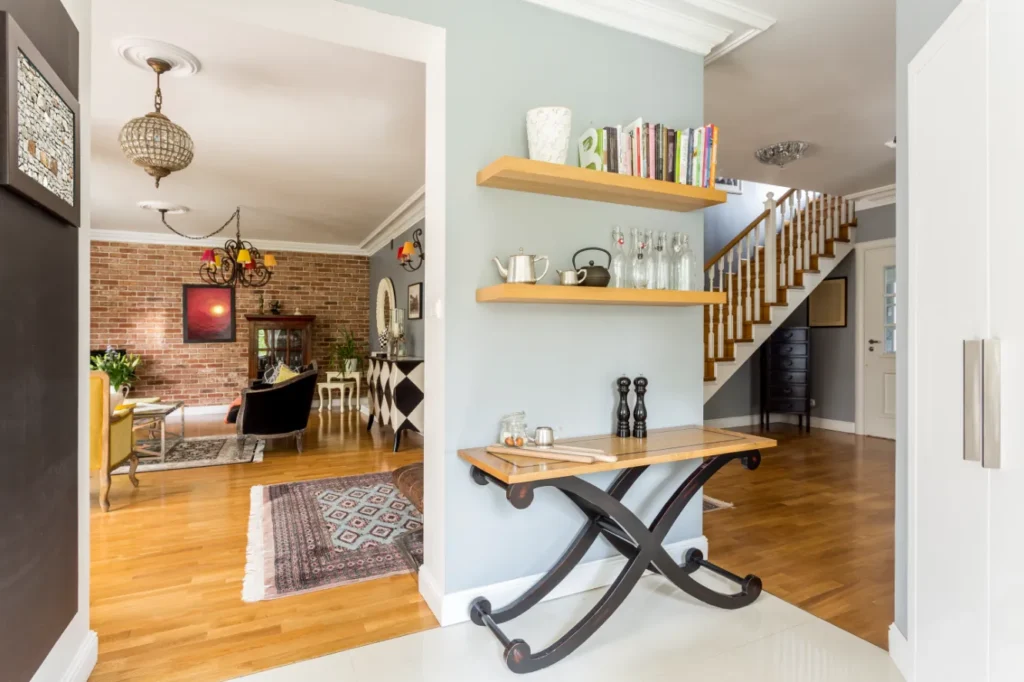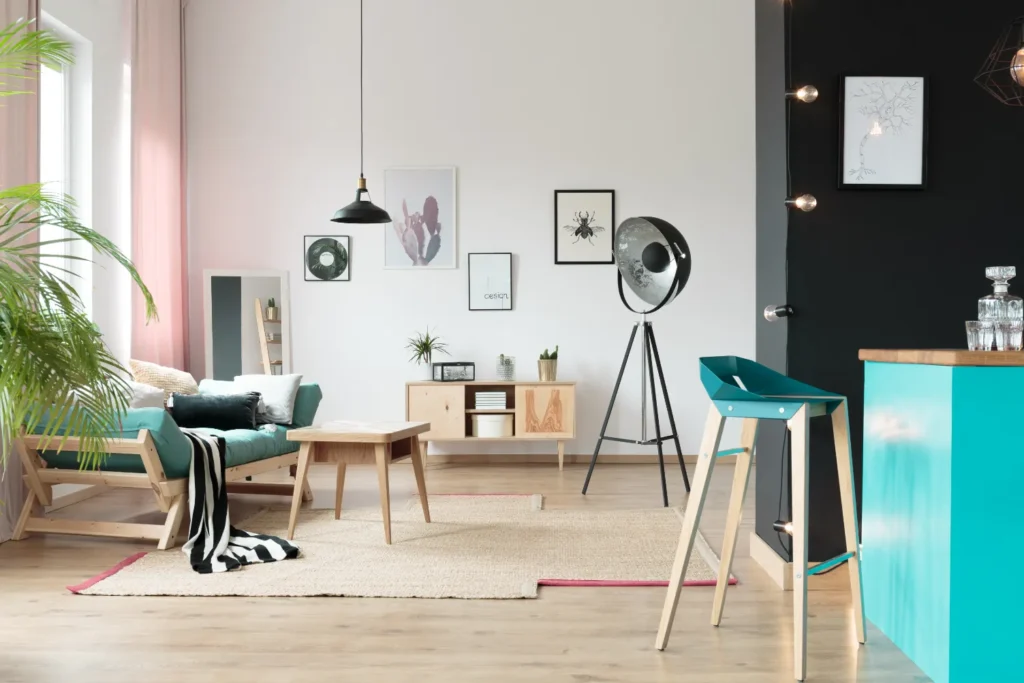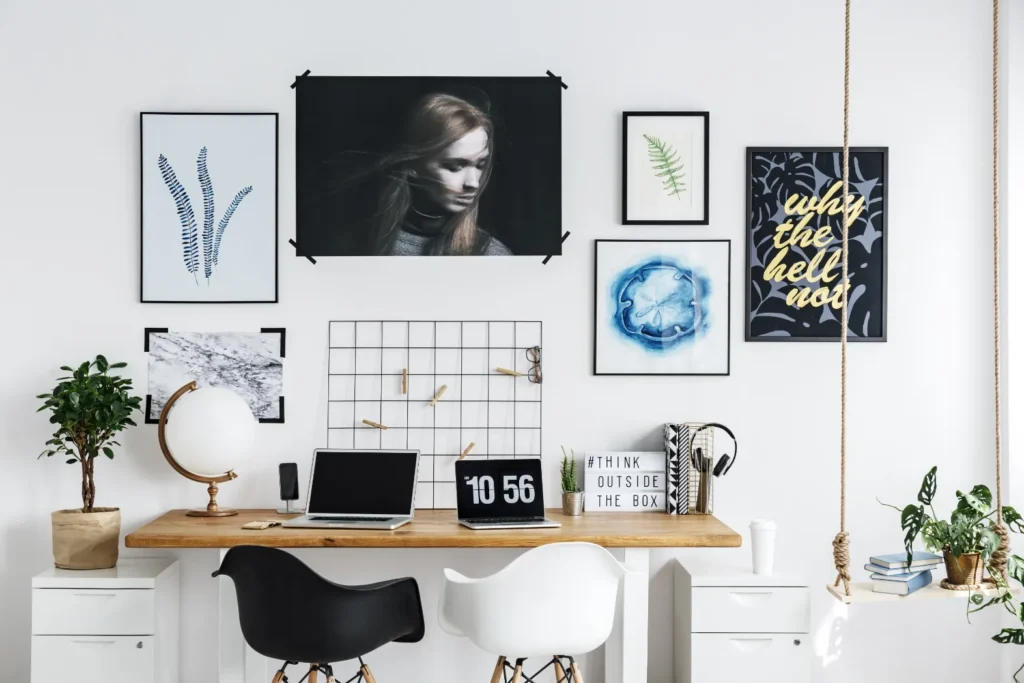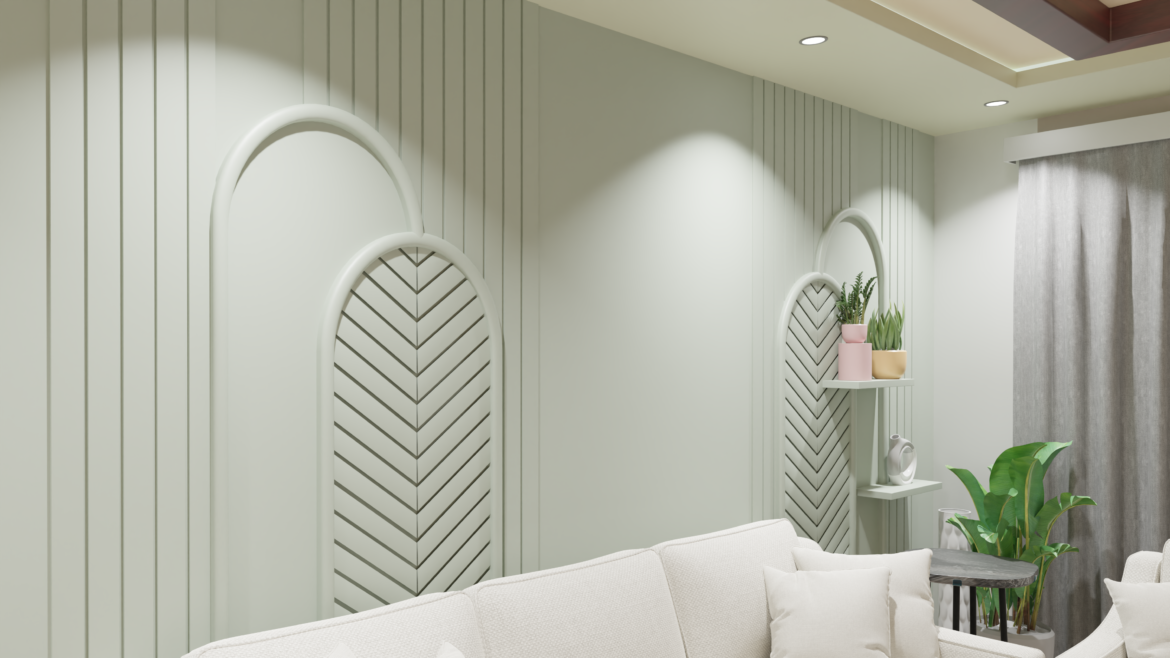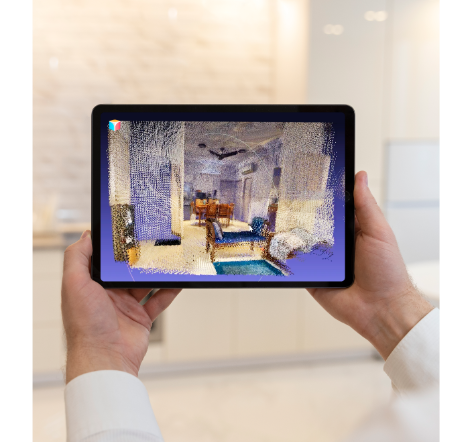Your Guide to Ethical Interior Design: 4 Critical Points for Art and Antique Collectors
Your Guide to Ethical Interior Design: 4 Critical Points for Art and Antique Collectors
Overview
21st Century Ethical Interior Design: Discover art and antique collecting tips to uncover spatial beauty with responsible practices.
“Every room tells a story”, they say, and in the world of interior design, art and antiques play a pivotal role in narrating these captivating tales. Our homes are not merely places of shelter; they are canvases waiting to be painted with the strokes of our personality, history, and culture by means of home décor items. The enchantment of art and antiques within interior design lies in their ability to breathe vitality into our living spaces, uniting the past and present, and metamorphosing our surroundings into captivating havens of beauty and fascination.
However, as we find ourselves at the juncture of the 21st century, a fresh narrative emerges in the realm of art and antiques. The decisions we make in terms of room décor ideas when adorning our homes carry profound ethical consequences. The objects that once graced noble halls and cultural institutions are now accessible to the modern homeowner. However, with this accessibility comes a growing responsibility.
In this age of information and awareness, we are confronted with a host of ethical considerations. What is the true origin of the artwork or antique piece that adorns our walls? Are we unknowingly participating in cultural appropriation? What is the environmental cost of our collector’s passion? These are questions that challenge our perceptions and shape the way we engage with art and antiques.
As homeowners passionate about interior design and as professionals who craft these dreamscapes, we must explore the ethical dilemmas surrounding the collection of art and antiques in the 21st century. In the pages that follow, we will delve into the historical context, the importance of authenticity, cultural sensitivity, environmental sustainability, legal regulations, fair compensation, and ethical design practices. Together, we will seek to strike a harmonious balance between the aesthetics we desire and the ethics we uphold in our ever-evolving interior design landscape.
The Historical Perspective

How Collecting Art And Antiques Has Changed Through The Ages
The journey of collecting art and antiques has transformed over the years. It used to be a hobby of the elite, but now it’s a passion enjoyed by people from all walks of life when it comes to home décor items. This transformation is key to understanding the ethical questions we face today, particularly in the realm of room décor ideas.
The Start Of Art And Antique Collection In Ancient Times
The folks in places like Egypt, Greece, and Rome were experts at amassing treasure troves of valuable stuff. The kings and queens of these lands had a knack for gathering art and antiques. To them, these collections weren’t just beautiful things; they were symbols of power and culture. Many times, these early collectors were simply trying to protect their cultural history.
The Middle Ages: A Shift In Focus
During the Middle Ages, the focus of art and antique collections shifted. While religious institutions and monarchs continued to amass treasures, there was also a growing interest in relics, illuminated manuscripts, and religious art. The now-home décor items, then held spiritual significance and were revered for their religious or historical connections.
The Renaissance: A Flourishing Of Collecting
The Renaissance marked a turning point in the history of art and antique collections. It was an era of great artistic innovation and cultural revival. Wealthy merchants and aristocrats began collecting art not only for religious or historical reasons but also for the sheer appreciation of beauty and aesthetics as part of home décor items. Art and antiques became status symbols, and private collections began to grow.
The Contemporary Age: Art Collecting For Everyone
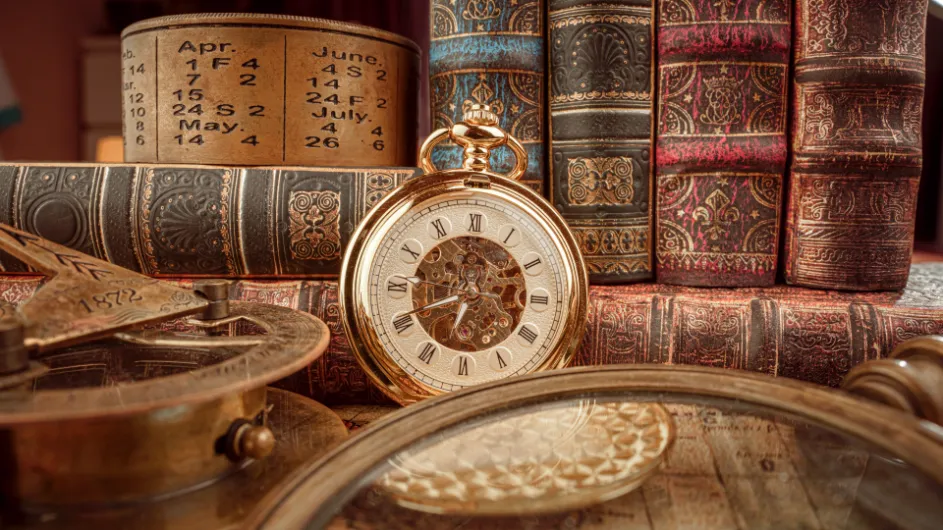
As time marched on into the modern era, art, and antique collecting became something everyone could enjoy. Museums popped up, and people’s interest in art and history soared. Subsequently, in the 19th and 20th centuries, the world witnessed a surge in popularity for art markets, auction houses, and dealers, transforming art and antique collections into a commercial opportunity accessible to a broader audience.
The Ethical Quandaries In Collection’s Origins
The ethical challenges we grapple with today can be traced back to the way art and antiques were collected throughout history. Understanding these origins is essential to navigating the complexities of ethical considerations.
Ownership And Acquisition
Throughout history, the acquisition of art and antiques often involved the appropriation of cultural artifacts. Colonizers and conquerors, for instance, frequently plundered the treasures of other cultures, leading to disputes over ownership and ethical concerns. This practice was driven by a sense of superiority and power that is now viewed as ethically problematic.
Provenance And Authenticity
In the past, provenance and authenticity were not always a primary concern. Many pieces in historical collections lacked proper documentation, making it difficult to determine their origin or the legitimacy of their acquisition. This lack of transparency contributes to the contemporary ethical challenges of ensuring an item’s rightful ownership.
Respecting Cultures
As we journey through history, it’s clear that many times, folks collected art and antiques without really thinking about the deep cultural and religious meaning behind these treasures. This oversight has become evident in recent times when some of these items were returned to their home countries. It underlines the importance of ethical collecting practices that honor and respect the cultural heritage of others.
The ethical issues we confront today in the realm of art and antique collection have their beginnings in questions of ownership, authenticity, and, notably, cultural sensitivity from the past. As we move forward, it is essential to reflect on these historical lessons to make responsible and ethically sound choices in the world of interior design and collecting.
Cultural Appropriation

Cultural Appropriation: Blurring The Lines
Cultural appropriation can be quite intricate as it sometimes blurs the boundaries between showing appreciation and crossing into appropriation. In essence, it involves one culture borrowing or mimicking elements from another culture, especially when a more dominant culture adopts elements from a culture that may be marginalized or seen as a minority. In the context of interior design, it’s crucial to grasp the delicate balance between honoring and improperly borrowing from different cultures.
Examples Of Cultural Appropriation In Interior Design
Indigenous Artifacts Misuse: Some interior designers have incorporated sacred Indigenous artifacts or symbols without proper understanding or respect, inadvertently disrespecting Indigenous cultures and their deep-rooted traditions.
Exoticizing Cultures: Overly romanticizing or exoticizing certain cultures, such as using traditional Chinese or African décor in a superficial and tokenistic way, can perpetuate stereotypes and diminish the richness of these cultures.
Sacred Symbols as Aesthetic Props: The use of religious symbols or sacred items from various cultures purely for their aesthetic appeal as part of your room décor ideas without understanding their spiritual significance is another form of cultural appropriation.
Navigating Cultural Sensitivity In Collecting

So, how can we navigate the delicate territory of cultural sensitivity when collecting art and antiques? Here are some key considerations:
Learn and Respect Cultural Significance: Dedicate time to understand and honor the cultural and historical importance of the items that pique your interest before placing them merely as home décor items. Understanding the stories and traditions behind these objects can help you appreciate them more deeply.
Work with Experts: When acquiring art or antiques from different cultures, consider consulting with experts or specialists who can provide insights into the home décor items’ origins and cultural context.
Whenever possible, purchase art and antiques directly from artisans or artists. This ensures that you are supporting the creators and respecting their cultural heritage.
Context Matters: Context is crucial. Think about the setting in which you intend to position these items. Will it be done respectfully and in a manner that honors the culture it represents?
Use your collection as a way to bridge cultures and promote understanding. Share the stories and histories of the pieces with others to foster appreciation and respect.
Embrace Authenticity: Seek authentic, fairly traded, and ethically sourced items. Ensure that the collection practices are ethical and that the individuals involved in creating or selling these items are treated fairly. All of this is crucial before you incorporate such home décor items within your interior design.
Navigating the complexities of cultural appropriation in the realms of interior design and collecting requires careful thought, a dedication to learning, and a sincere commitment to cultural respect. By doing so, you can craft a space that not only mirrors your personal style but also honors the diverse beauty and cultural wealth of various traditions while staying within ethical boundaries.
Environmental Impact

Addressing Environmental Concerns Related To Antique Collection
Antique collection is not just about history and aesthetics; it also carries a significant environmental footprint. Many antique items, especially furniture and décor , have been around for centuries. While their longevity is a testament to their quality and craftsmanship, it also raises environmental concerns.
The Impact of Resource Depletion
One of the primary environmental concerns in antique collection is the depletion of resources. The process of creating antique items, especially wooden furniture, often involved the use of old-growth trees, which are now critically endangered due to over-harvesting. Collecting more antique wooden Home décor items perpetuates the demand for these scarce resources.
The Carbon Footprint of Restoration
Antique items often require restoration and maintenance. Repair work can entail processes that emit greenhouse gases, such as sanding, painting, or using energy-intensive equipment. The carbon footprint of restoration and maintenance must be considered when collecting antiques.
Sustainable Practices In Art And Antique Collection
To address the environmental concerns associated with antique collection, adopting sustainable practices is crucial. Here are some strategies to make antique collection more eco-friendly:
Source Locally and Responsibly
Whenever possible, opt for home décor items that are locally sourced and sustainably harvested. This reduces the environmental impact of transportation and supports responsible forestry practices.
Choose Energy-efficient Restoration Techniques
When restoring antique items, select techniques and materials that are energy-efficient and eco-friendly. For instance, use low-VOC paints and finishes and minimize waste in the restoration process.
Consider Repurposing and Upcycling
Repurposing and upcycling antique items can breathe new life into them without the need for extensive restoration. This reduces the carbon footprint associated with repairs and minimizes resource depletion.
Upcycling And Repurposing Antique Items

Upcycling and repurposing antique items are innovative and eco-friendly ways to give new purpose to old treasures. Here’s why these practices are essential:
Preserving History and Reducing Waste
Antique items tell stories of the past, and upcycling allows you to honor that history. By repurposing antique furniture, home décor items, or materials, you’re helping to reduce waste and extend the lifespan of these valuable pieces.
Customization and Sustainability
Upcycling allows you to customize antique items to your needs and style. For example, transforming an antique wooden door into a unique coffee table or reimagining a vintage window frame as a mirror frame. This not only adds a personal touch to your interior but also promotes sustainability by giving new life to old items.
Economic and Ecological Benefits
Upcycling and repurposing antique items are often more cost-effective than buying new furniture or home décor items. Additionally, it’s an environmentally friendly way to enjoy the charm and craftsmanship of antique pieces without contributing to resource depletion or high carbon emissions.
In conclusion, addressing the environmental impact of antique collection is vital in our modern era. It involves being mindful of the resources used in creating and restoring antique items and adopting sustainable practices. Upcycling and repurposing antique items are excellent ways to reduce waste, customize your interior design, and promote both ecological and economic benefits. By making environmentally conscious choices, you can continue to enjoy the timeless beauty of antiques while minimizing their ecological footprint.
Legal And Ethical Regulations

Ethical Collecting
Collecting art and antiques isn’t just about discovering exquisite pieces; it comes with a set of rules to follow. These rules act as a protective barrier for our cultural heritage, ensuring that our collecting is not only ethical but also lawful.
Understanding The Guidelines And Obligations
When we engage in the collection of art and antiques, there are specific laws and regulations to adhere to. These rules are in place to safeguard our cultural heritage and maintain ethical standards. They aren’t optional; they are a fundamental requirement for collectors who wish to be responsible and lawful.
For instance, many countries have enacted laws to protect their cultural treasures. These laws can restrict the export of items with significant historical or cultural value. Additionally, laws exist to prevent the trade of items made from endangered species like ivory or specific types of wood. Moreover, when dealing with contemporary art and artisanal items, we must respect copyright laws to honor the rights of artists.
Fair Compensation: Honoring The Creators

The issue of fair compensation in the art and antique collection world extends beyond the collector’s perspective; it encompasses the artists and artisans who craft these treasures. Recognizing and addressing this issue is integral to ethical collecting.
The Issue Of Fair Compensation To Artists And Artisans
Artists and artisans dedicate their skill and passion to create masterpieces. Ensuring they receive fair compensation is not just a moral duty but also a way to sustain art and craft traditions. Unfair compensation practices can jeopardize their livelihood.
Ethical Alternatives For Fair Compensation
Seek out and purchase art and artisanal items from cooperatives or organizations that ensure fair compensation to the creators. These entities often promote sustainable and ethical practices.
Whenever possible, engage directly with artists and artisans. This not only allows you to understand the creative process but also ensures that they receive a more significant share of the sale price.
Supporting Local Artists And Artisans
Supporting local talent is a win-win for both collectors and creators. It encourages the preservation of traditional art forms and the growth of emerging artists.
You can also attend local art exhibitions and craft fairs to discover and support artists and artisans within your community. Consider commissioning pieces from local artists or artisans, providing them with fair compensation and the opportunity to create personalized, unique items for your collection.
In conclusion, responsible collecting is a multifaceted commitment. It involves understanding and adhering to legal and ethical regulations, respecting cultural heritage, and ensuring fair compensation for the artists and artisans who bring art and antiques to life. By recognizing the importance of these aspects, collectors can take a more conscientious and ethically sound approach to their passion.
Conclusion

Home Décor items serve as the bridge between the past and the present, transforming our rooms into havens of beauty and intrigue. The historical perspective reveals the metamorphosis of art and antique collecting, once exclusive to the privileged, now accessible to a broader audience. The democratization of this realm brings us face-to-face with ethical considerations deeply rooted in issues of ownership, authenticity, and cultural sensitivity. It’s a journey that reminds us that ethical collecting is not a mere choice but a duty that echoes through time.
The blurred lines of cultural appropriation remind us that while these items enrich our room décor ideas, they also bear the weight of cultural heritage. As responsible collectors, we must navigate this intricate terrain with respect, understanding that appreciation should never tip into appropriation.
Furthermore, the environmental impact adds a layer of responsibility to our collecting endeavors. The sustainability of art and antique collections is intertwined with preserving our planet. Through eco-friendly practices, upcycling, and repurposing antique items, we can minimize our ecological footprint while enjoying the timeless beauty of these treasures.
Legal and ethical regulations underline that art and antique collection is not just about interior design but about maintaining the integrity of our cultural heritage. It’s a reminder that our passion must be guided by the laws that protect these artifacts and the responsibility we bear as custodians of history. The issue of fair compensation to artists and artisans emphasizes that our appreciation for art and antiques extends to honoring the creators who breathe life into these pieces.
Supporting local artists and artisans not only enriches our collections but also sustains artistic traditions. Ethical collecting is not a burden but a privilege, one that allows us to cherish the beauty of these treasures while safeguarding the cultural legacy that they represent.
At ‘The White Frame,’ we believe that every art and antique piece tells a unique story, and it’s our passion to weave those stories into your interior design. Our ethical and sustainable approach ensures that your space not only exudes beauty but also reflects your values.
Explore some of our work Here and Connect with us Today!


